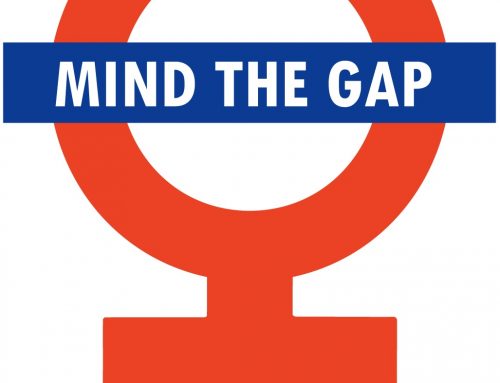 Women and men are not paid equally for the same job. However, while that gap has been slowly shrinking, the gap at the upper echelons of management is not. An article in USA Today from earlier this year crows: “Surprise! Women Trump Men on CEO Pay.” On the surface, this is great news. Unfortunately, the truth is obscured according to a study released right around the same time. The study, titled “Gender and Dynamic Agency: Theory and Evidence on the Compensation of Top Executives,” was carried out by the Federal Reserve of New York. The disparity occurs at the incentive pay level. 93% of the time, the pay gap among male and female executives could be attributed to incentive compensation. In addition, women are not compensated for positive firm performance and are more likely to be punished for negative company performance. For every $1 million the firm’s value increases, a $17,150 increase happens for male executives but only a $1,670 increase for females. A 1 percent decrease in company value is associated with a 63 percent decline in wealth for female executives and a 33 percent decline for men.
Women and men are not paid equally for the same job. However, while that gap has been slowly shrinking, the gap at the upper echelons of management is not. An article in USA Today from earlier this year crows: “Surprise! Women Trump Men on CEO Pay.” On the surface, this is great news. Unfortunately, the truth is obscured according to a study released right around the same time. The study, titled “Gender and Dynamic Agency: Theory and Evidence on the Compensation of Top Executives,” was carried out by the Federal Reserve of New York. The disparity occurs at the incentive pay level. 93% of the time, the pay gap among male and female executives could be attributed to incentive compensation. In addition, women are not compensated for positive firm performance and are more likely to be punished for negative company performance. For every $1 million the firm’s value increases, a $17,150 increase happens for male executives but only a $1,670 increase for females. A 1 percent decrease in company value is associated with a 63 percent decline in wealth for female executives and a 33 percent decline for men.
The study attributes these disparities to some extent to gender “preferences.”
- Women are less effective in competitive environments and are less likely to put themselves into competitive jobs
- Women don’t ask – for raises, for promotions. If they’re passed over for a role, they put their heads down and work harder. Men threaten to leave – and are given compensation to stay.
- Moreover, women are more risk averse and tend not to take on the circumstances such as the scenarios described above.
In addition, the study cites the usual tropes of less mentorship, fewer professional networks, and the greater burden of home and child care.
Where’s the Transparency?
Articles like the one in USA Today and this one from the WSJ seem hopeful and make great headlines. But the reality is insidious and harder to pin down. The NY Fed study drills down into the fine details to discover the disparity, and finds a yawning gulf in incentive comp, and the disturbing fact that women are penalized for poor performance and not rewarded for positive performance.
The authors of the study point to greater levels in transparency to address this problem. The SEC recently approved a rule to require companies to reveal the pay gap between CEOs and rank-and-file workers, and perhaps they will follow the leads in Britain, Belgium, and Austria, where it is increasingly required to report pay amongst men and women. As this article from The New York Times states:
It’s not that men are intentionally discriminating against women — far from it. I’ve spent the past year interviewing male executives for a book about men and women in the workplace. A vast majority of them are fair-minded guys who want women to succeed. They’re absolutely certain that they don’t have a gender problem themselves; it must be some other guys who do. Yet they’re leaders of companies that pay men more than women for the same jobs.
The authors of the study are right. Illuminating the truth may be a necessary push in the right direction. Look at total compensation, and you might be heartened by the numbers. Peel back the layers, and you realize that we still have a long way to go.





